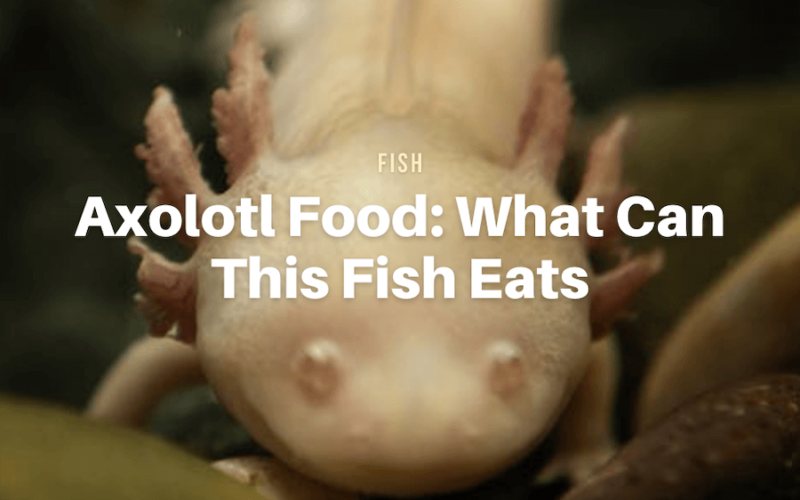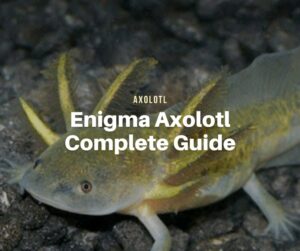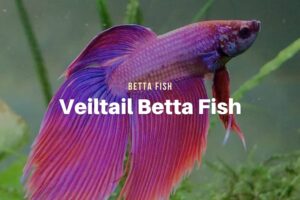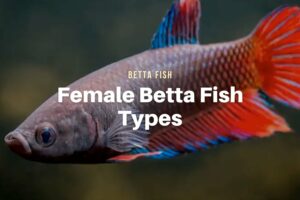Have you decided to pet axolotls in your tank? Do you want to provide them with the best food? You need a brief guide on axolotl food containing what to eat and what to avoid so your pets can thrive happily. The good news, feeding this smiley salamander shouldn’t be overwhelming.
Axolotls are native to canals and lakes in Mexico. In their natural habitat, they eat small animals like insects, slugs, worms, small crustaceans, mosquito larvae, and smaller fish. This smiley creature even feasts on smaller salamanders they can find.
Teeth are present in axolotls but they don’t chew their food. When they find prey, they open their mouths widely, suck in water along with the prey, and swallow them. Rather than using their teeth to chew, they only use them to snap the food.
It makes sense that axolotls only feed on small food—so they can swallow it as a whole. Providing large food will cause trouble in their gastrointestinal tract, such as bowel obstruction which can be fatal. Gravel or pebbles can also cause impaction, that’s why aquarists need to avoid them in the tank.
In nature, axolotls don’t eat plants. If you find them snap down on one, there are some possibilities. First, your axolotls are very hungry. Second, these little creatures notice the motion of the plants and consider them as prey.
6 Best Live Foods for Axolotl
In captivity, axolotls eat meaty foods like worms, daphnia, shrimp, and pellets. They also feed on frozen foods like frozen brine shrimp and bloodworms. Each food category has pros and cons, so you may need to get to know them.
1. Nightcrawlers
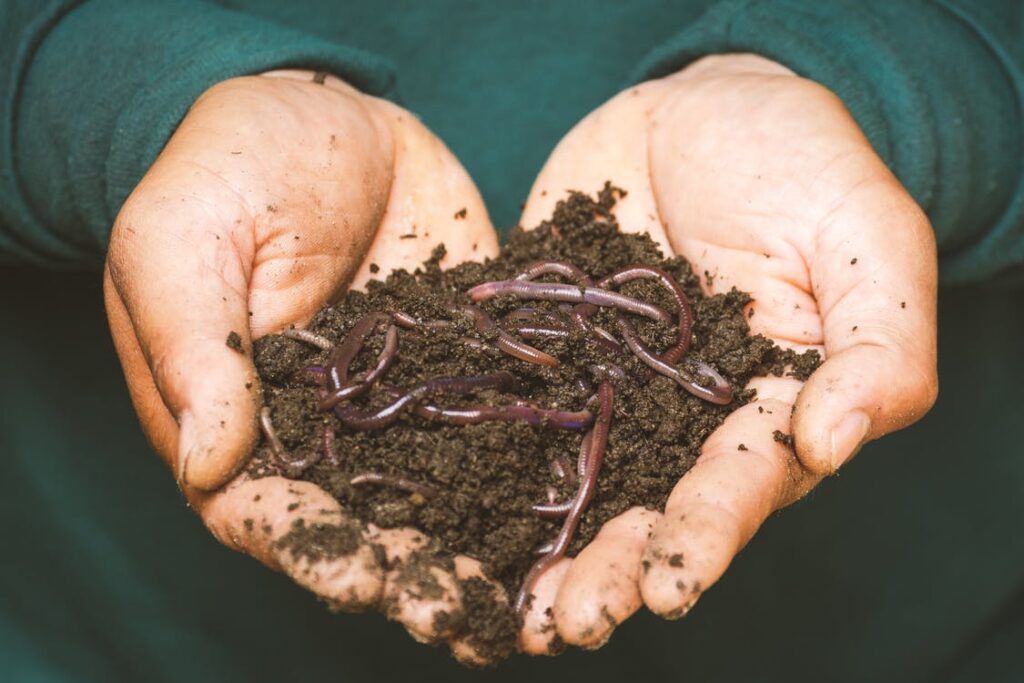
Nightcrawlers, also known as large earthworms, are a popular food option for axolotls. They are easy to get, undoubtedly nutritious, and axolotls’ favorite. Many aquarists find their pets love munching on this food.
There are 3 common nightcrawlers for axolotls, including European nightcrawler, Canadian nightcrawler, and red wigglers. European and Canadian nightcrawlers are the most popular for they provide the most nutritional value.
Nightcrawlers are highly recommended for your axolotls because they are:
- Healthy and nutritious
- Highly accessible
- Affordable
Nightcrawlers are excellent for adult axolotls but there’s a catch. Red wigglers, one of the nightcrawler worms, excrete a stinky substance that axolotls hate. Due to their size, earthworms are not suitable for baby axolotls. It also requires thorough cleaning to keep your fish tank crystal clear.
2. Blackworms
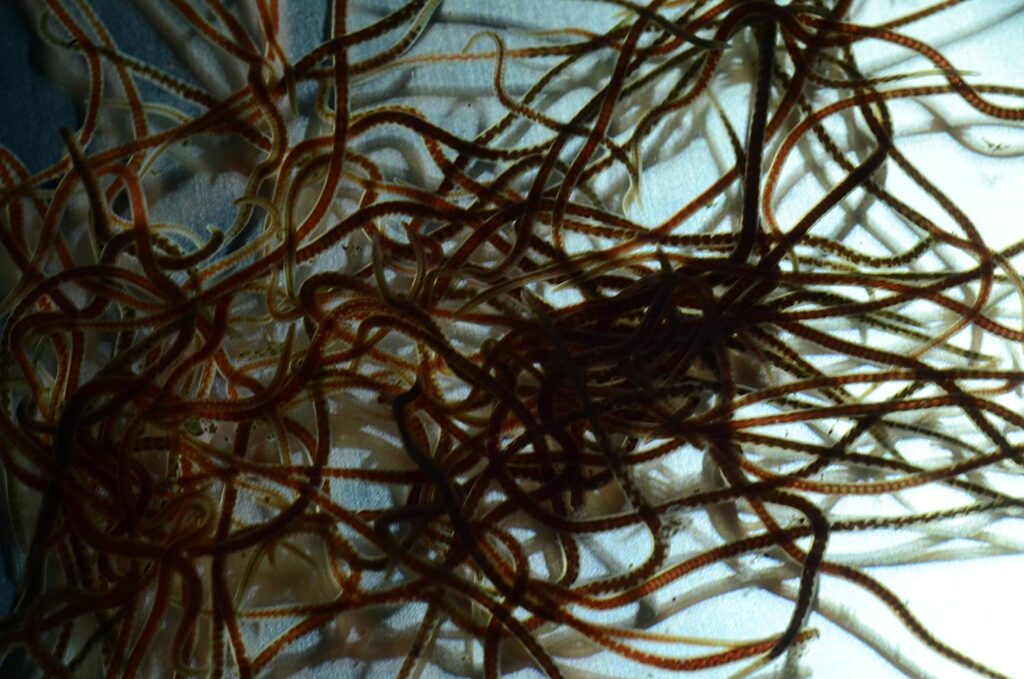
If you’re looking for an ideal substitute for earthworms for younger axolotls then blackworms have got you covered. Quite similar to nightcrawlers, this best axolotl food is highly accessible everywhere. Not to mention it is an excellent source of protein.
But if you’re concerned about the hygiene of the tank or you don’t have enough time for frequent cleaning, blackworms aren’t a good option. They create a mess in your tank so you have to schedule regular deep cleaning. Besides, the leftovers may make your tank a breeding ground for bacteria.
3. Bloodworms
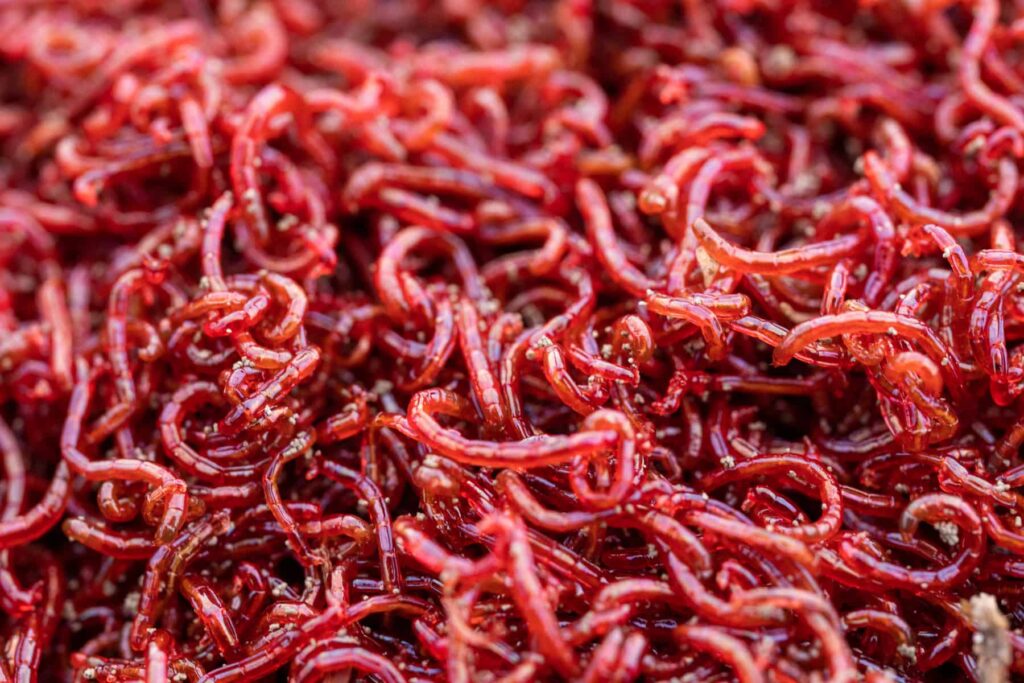
Bloodworms are quite popular among aquarists and axolotl owners. They are available in form of larvae of flies and worms, providing you with convenience when feeding axolotls. However, this type of live food isn’t as nutritional as other varieties of the worm.
If you want to offer a little variation but need to keep their nutrition requirements fulfilled, it is recommended to feed this worm as an occasional treat. Bloodworms are suitable for adult and young axolotls.
Pretty much like blackworms, bloodworms can create a mess in your axolotl tank. It also develops fungus if you don’t maintain regular cleaning. To help with this issue, you may want to keep bloodworms in a big jar so they won’t spread and pollute the water.
There are several reasons why bloodworms are great for your axolotls:
- Affordable
- Frozen bloodworms last long
- Axolotls’ favorite
To avoid a bad smell and keep your axolotl aquarium crystal clear, be sure to clean the tank regularly and thoroughly.
4. Live Daphnia
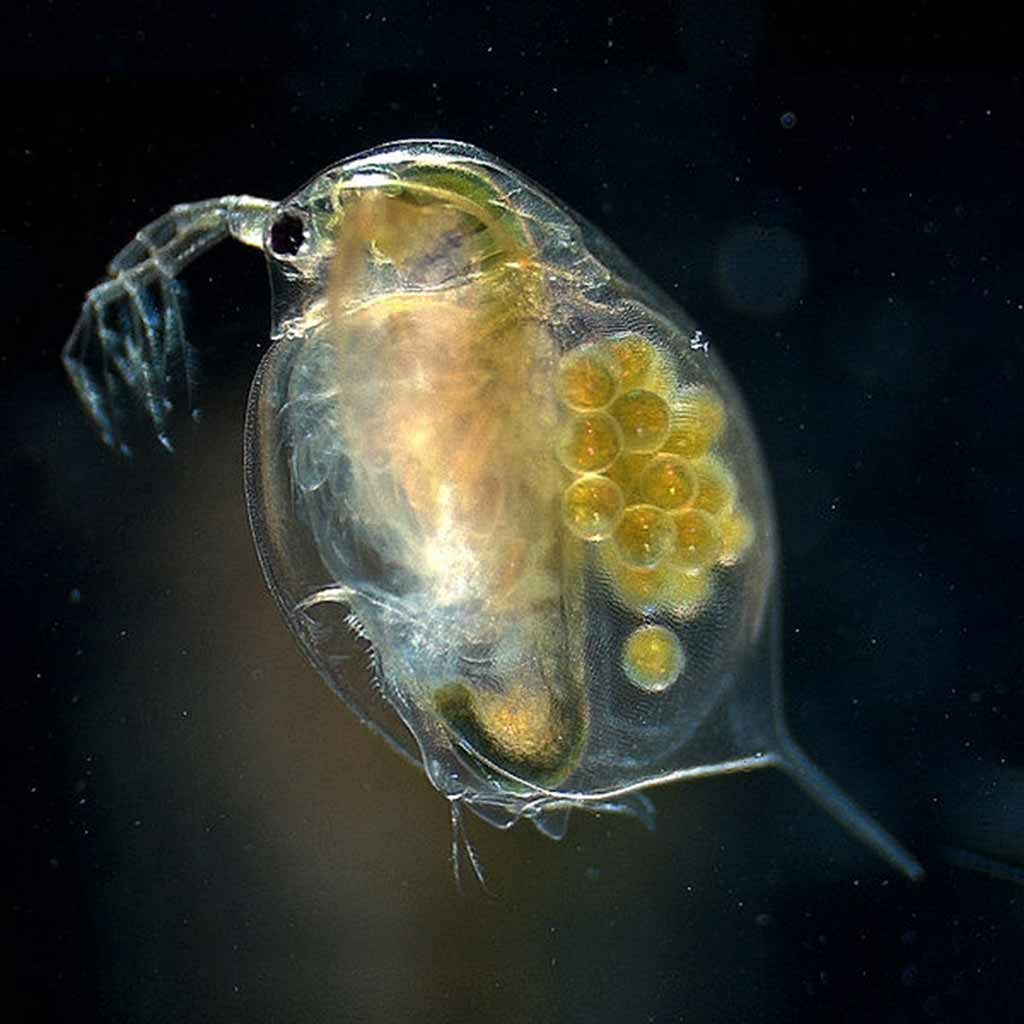
Live daphnia is among axolotls’ favorite live food. Because of their small size, it becomes a favorite baby axolotl food that contains excellent nutrition. It is rich in lipids, fatty acids, and essential vitamins that help them grow faster.
Your adult axolotls won’t refuse live daphnia but this food won’t provide enough nutrients. They will stay hungry and crave more food. This results in a compromised diet and frequent feedings.
Live food like worms and daphnia carry parasites and diseases that potentially harm your pet. To cater to this, be sure to get live food from reliable sources. If possible, you may breed your own daphnia or worms.
5. Live Brine Shrimp
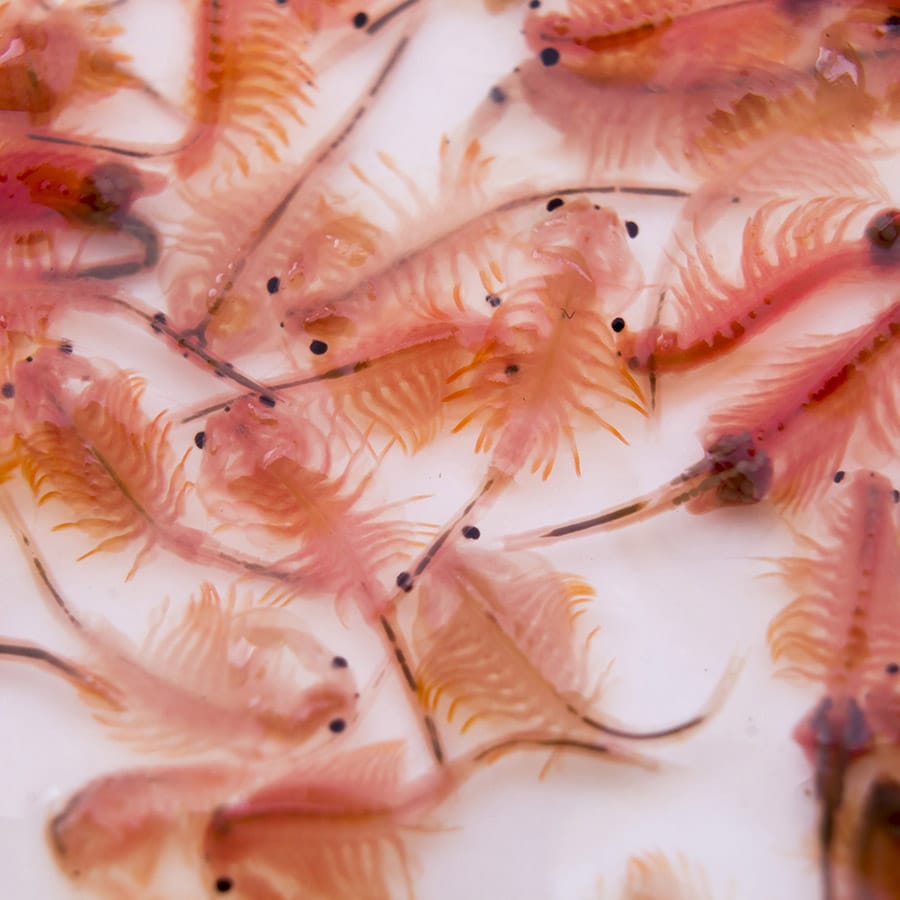
Live brine shrimp is a great substitute for live daphnia for your baby axolotls. They are rich in nutrition and provide sufficient nutrients like fatty acids, lipids, and vitamins to your axolotl. They are also available everywhere.
When you offer this live food, make sure to remove the waste or dead larvae for they leave a stinky smell. Your tank water also turns cloudy if you skip regular cleaning.
The good news, brine shrimp can be hatched at home. If you prefer this food rather than frozen and if you want to avoid parasites, breeding your brine shrimp can be a great option.
6. Ghost Shrimp
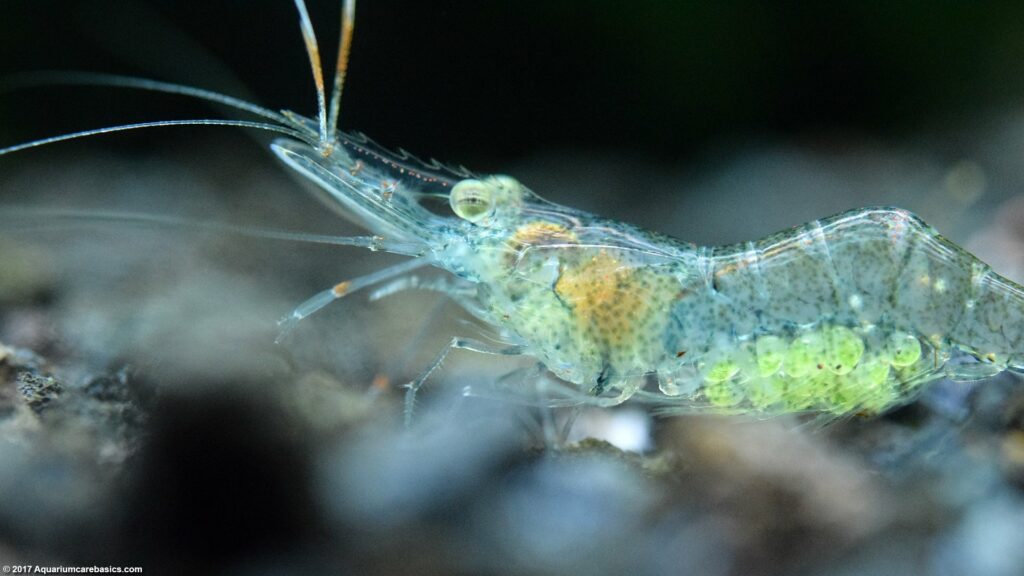
Ghost shrimps are an excellent choice for axolotl food, especially if you pay a lot of attention to the ecosystem of the tank. This little creature is not only healthy and nourishing but they also help maintain the hygiene of the tank—they munch on leftover biofilm of the tank so it stays clean.
Ghost shrimps are suitable for adult and baby axolotls. Not only are they small in size, but they also have smooth shells that serve as a great snack for the juveniles. Best of all, they don’t pose a potential danger to your pets.
Unfortunately, ghost shrimps are quite difficult to find. They are also an expensive food choice which can cost you a huge amount of money. Before serving this live food, you’ll need to quarantine them for 2 weeks.
Frozen Foods for Axolotl
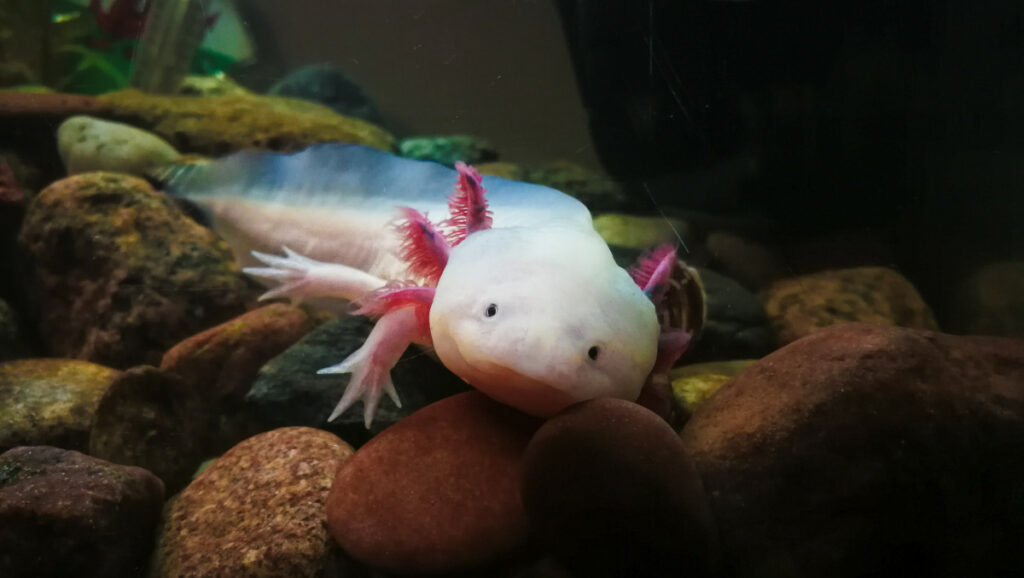
There are times when you can’t find live food for your pet axolotls. When this happens, frozen food comes in handy to keep your pets nourished. Frozen food is widely available in local stores at affordable prices. But with so many options out there, you may get overwhelmed easily.
If you can’t decide which one is good for axolotls, take a closer look at the following list.
1. Frozen Bloodworms
Either live or frozen, bloodworms are a decent food option for smiley axolotls. Some aquarists consider frozen bloodworms are lack nutrients for adults but you’ll find them enjoy the treats. To avoid nutrient deficiency in adult axolotls, serve them as snacks instead of the main food.
There are two types of frozen bloodworms available on the market, including frozen sheets and frozen cubes. Whichever form you choose to feed axolotl, be sure to do it carefully because they may get stuck in the gills and cause breathing problems.
There’s another catch for frozen bloodworms—they can make a mess in your aquarium, so you’ll need to schedule a regular cleaning. They also leave microscopic organism that disturbs axolotls’ gills.
2. Frozen Brine Shrimp
Looking for a widely available food option? Frozen brine shrimp should be on your list. Juvenile axolotls would love to have live brine shrimp but the frozen cubes can be a nice treat for adult axolotls. Just remember to thaw the cubes a bit by keeping them in water.
Frozen brine shrimp is a great source of fatty acids, lipids, and vitamins. They are also surprisingly cheap, making them a suitable choice for tight-budgeted axolotl owners. Not to mention the frozen cubes can be kept for a few days.
But quite similar to frozen bloodworms, frozen brine shrimp requires regular cleaning. Throwing some cubes into the tank will make it so messy that you have to schedule meticulous cleaning.
3. Pellets
Axolotl pellets are one of the aquarists’ favorites. This is the easiest food choice that’s widely available in a local pet store. Besides, you can find a large selection of pellets for your pets, such as salmon pellets and soft pellets.
However, the fact that most pellets contain chemicals or fillers requires you to be careful in picking one for your axolotls. Before purchasing pellets, be sure to read the product labels and check out the ingredients.
It’s suggested to find pellets that contain at least 40 percent protein and low fat. Sinking pellets are usually considered better than smaller pellets, but it depends on your preference. While sinking pellets are great for adults, smaller pellets are suitable for baby and juvenile axolotls.
How to Feed Your Axolotls
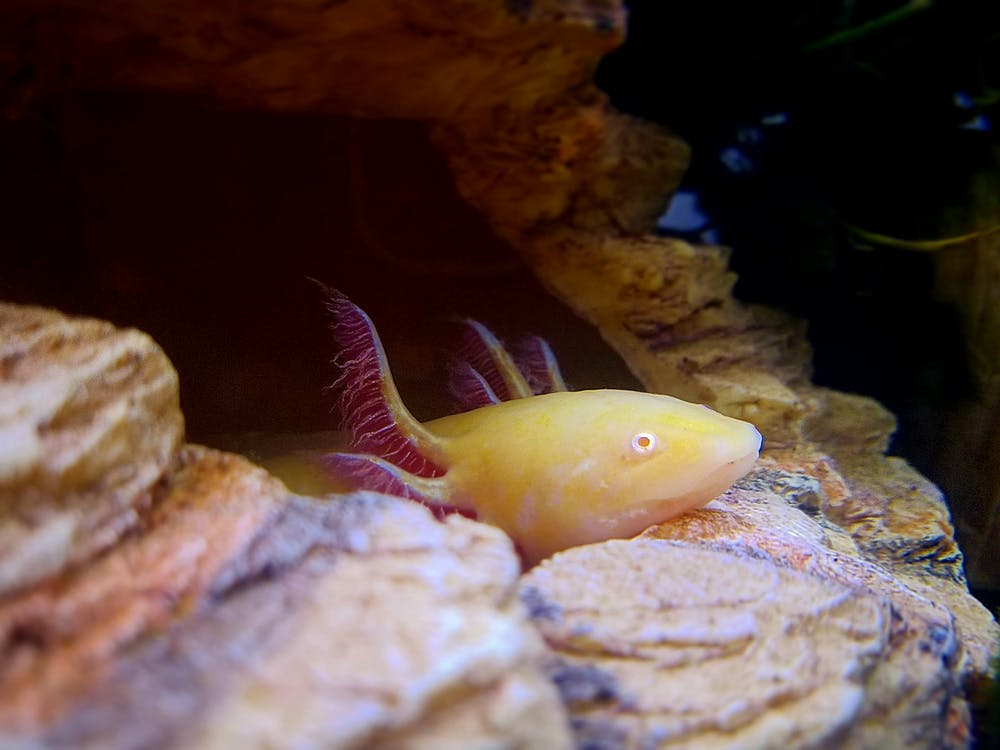
Now that you know what to feed your pet axolotls, it’s time to get to know how to feed them. As previously mentioned, axolotls have a set of teeth but they don’t chew or tear up prey. Rather they grip down on them and open their mouth to such smaller creatures.
So, how to feed axolotls the right way? The answer may vary depending on what type of food you want to offer. If you choose nightcrawlers or earthworms, cut them into smaller pieces to help your axolotls swallow food with a swoop.
However, giving too small pieces comes with a risk—they may get stuck into the gills and cause breathing issues. As a solution, use long tweezers to hold live food and wait for your axolotls to it. Use your tweezers that don’t have sharp edges that can hurt your pets.
Or if you prefer live brine shrimp as nutritious food for baby or adult axolotls, using a turkey baster could be a brilliant idea. This feeding tool helps live brine shrimp reach your pets so they don’t go anywhere Not to mention it can be the perfect tool to pick up leftovers to keep the tank clean.
Whatever your food options, it’s essential to remove the leftover food. Aside from keeping your aquarium hygiene, it also helps prevent microorganisms from growing in the tank.
How often to feed your pet axolotls? It’s recommended to feed adults every other day or 2-3 times a week. But if you nurture baby axolotls, you’ll need to feed them once or twice a day. They’re still growing and require more nutrients to develop.
Also read: Enigma axolotl complete care guide
What to Avoid
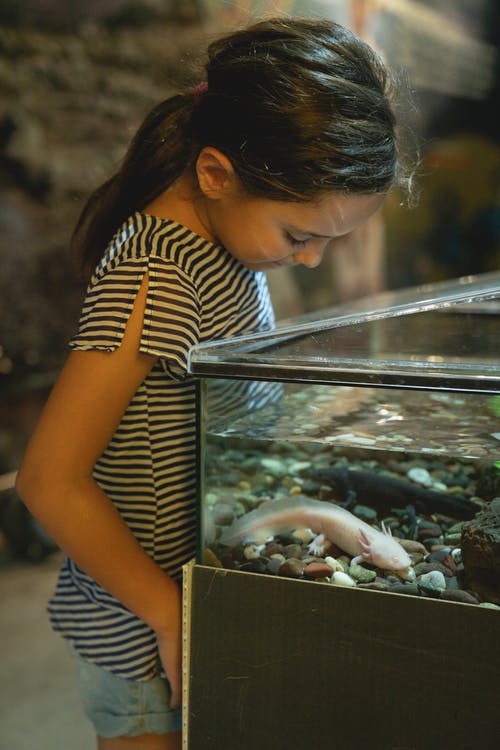
Axolotls are carnivorous, which means they mainly eat smaller animals. Their diets are diverse but they don’t typically eat plants. Though they are not as picky as other animals, you can’t offer all food types to them. Here’s a list of food you definitely shouldn’t feed your axolotls.
1. Processed Meats
Processed meats are harmful not only to humans but also to axolotls. This type of food contains plenty of preservatives and harmful chemicals which could affect the health of your pets even in small quantities. If you want to see your pet grow healthily, processed meats shouldn’t on their diet list.
2. Raw Meats
Raw meats can be a potential cause of fungal infection. Unhygienic raw meat is prone to the contamination that can impact your pet axolotls negatively. To avoid unwanted occurrences, it is the best decision to keep your axolotls away from this food source.
3. Animals with Crusty Exoskeleton
Axolotls’ teeth are not designed for chewing or ripping up prey. Providing them with animals having a sturdy exoskeleton isn’t a wise decision because it will damage their teeth. Besides, a hard exoskeleton can also cause a digestive issue in your pets.
Mealworms, for example, are not safe for axolotls because it contains chitin that could cause discomfort in their digestive tract. The same is true for krill and other types of shellfishes.
4. Feeder Fish
Feeder fish isn’t a good option when it comes to axolotl food. They are a popular live food for captive animals like turtles and aquarium fish but not for axolotls. The reason is quite simple—they potentially spread diseases and parasites to your pets.
But if you insist to feed your axolotls feeder fish, there’s a simple alternative. Be sure to quarantine preys for at least 2 weeks before putting them into your axolotl tanks. This helps make sure they are healthy and they don’t contain parasites.
5. Dead Crustaceans
Dead animals could develop fungal and bacterial infections. If you want to feed your axolotls crustaceans, be sure they are life. However, this may be a big difficulty because most pets eat everything they find in the tank.
6. Plants
Axolotls don’t eat plants but they might bite ones in their aquarium only because they think it’s moving animals. Some plants won’t make your axolotls sick but they may cause indigestion. You may also find weird feces when axolotls eat plants.
Though some plants don’t cause serious issues, some others are toxic. Besides, leaving rotted plants in your axolotl tank could increase the level of ammonia as it decays. At high levels, ammonia can be toxic and incline the growth of bacteria.
Why Axolotls Eat Each Other
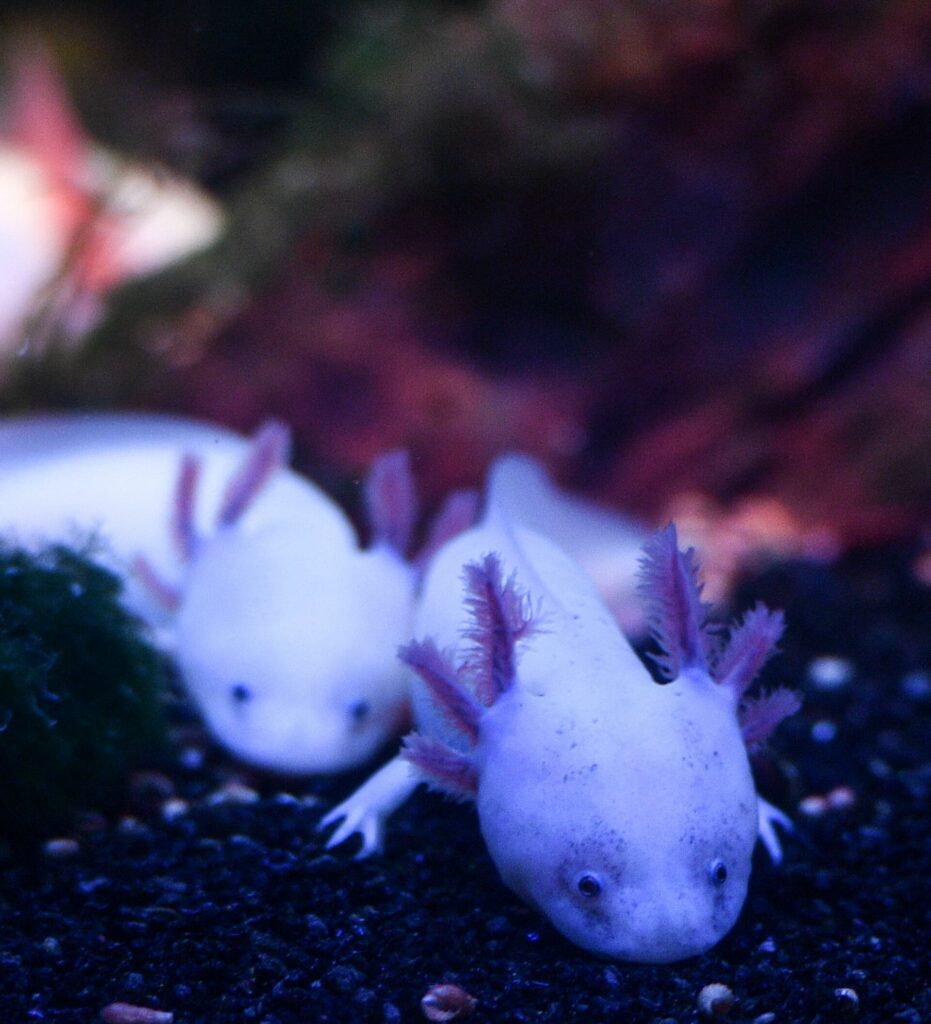
When you captivate axolotls, you might be shocked for knowing that your pets eat each other. This frequently happens when you keep them in one aquarium. Axolotls can be cannibalistic at a certain stage, especially when they grow more than 6 inches.
However, their cannibalistic behavior isn’t assured. That means size isn’t the only factor that makes an axolotl a cannibal. A young axolotl raised with other axolotls at the same age is more likely to retain their cannibalistic behavior.
There are other reasons why your axolotls eat each other. In most cases, axolotls mistake the tails of their friends for live worms so they try to bite them. This also happens for aquatic plants. Axolotls can also bite their fellow’s limbs off.
Why Axolotls Stop Eating
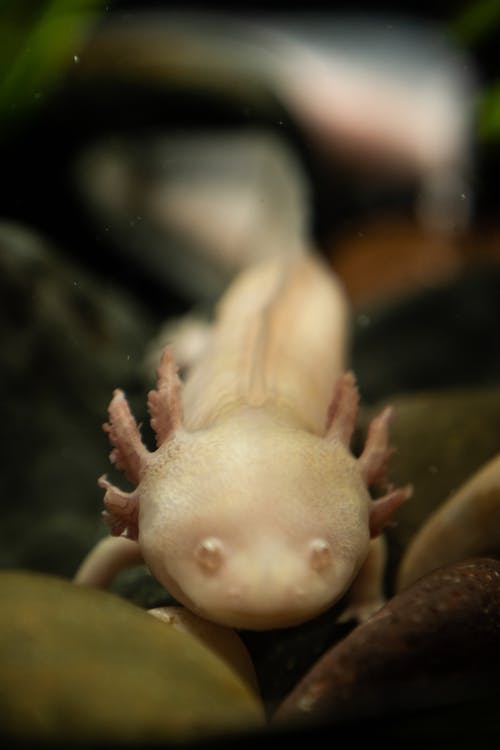
Your axolotls can stop eating or reduce their food intake. There are several reasons for this issue, such as environmental change and the temperature of the tank. Both trigger a drop in axolotls’ metabolism that causes reduced appetite.
Constipation is another common reason why axolotls stop eating. If this is the possible cause, you may find other signs like they look ill and you rarely found their feces in the tank. Find a vet or seasoned axolotl owners to help you with it.
Axolotls are not picky eaters but providing nutritious food can help them thrive in captivity. Many aquarists believe that live foods are the best but frozen foods can be an option to offer. Just make sure they are safe and don’t contain the harmful chemical.
